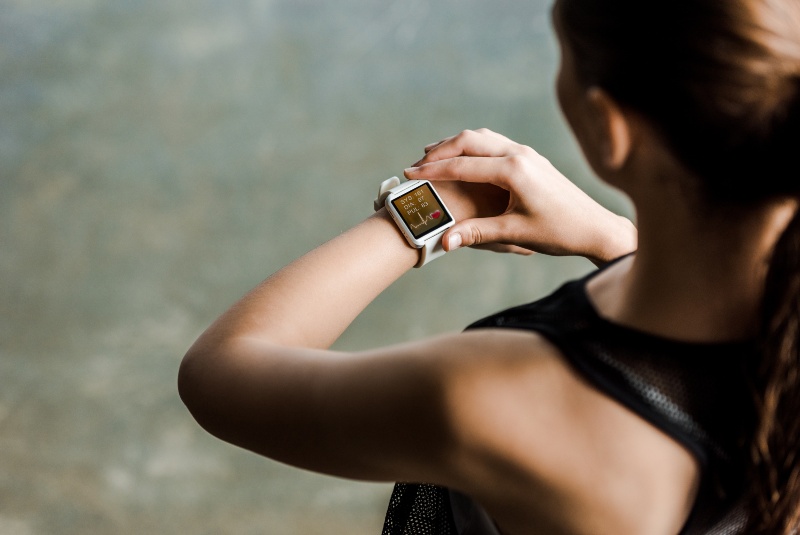Health wearables have become increasingly popular in recent years, with a growing number of people using them to track their fitness and health metrics. These devices, which can be worn on the wrist, around the neck, or clipped onto clothing, use sensors to collect data on various aspects of a person’s health and physical activity. The data can then be used to improve health and wellness, as well as to monitor and manage chronic medical conditions.
The use of health wearables is expanding rapidly, driven by advances in technology and increasing consumer interest in tracking and managing their health. The global market for health wearables is expected to grow significantly in the coming years, with analysts projecting that it will reach $54 billion in 2024. This growth is driven by a number of factors, including the increasing availability of wearable devices, the growing demand for personal health monitoring, and the increasing adoption of digital health technology by healthcare providers.

One of the key benefits of health wearables is the ability to track and monitor physical activity. Wearable devices can track steps taken, calories burned, and other metrics related to physical activity, helping people to understand their level of physical activity and make informed decisions about their health and wellness. Many health wearables also include features such as heart rate monitoring, sleep tracking, and even stress monitoring, providing a comprehensive picture of a person’s health and wellness.
In addition to tracking physical activity, health wearables can also be used to manage and monitor chronic medical conditions. For example, wearables equipped with continuous glucose monitoring (CGM) can help people with diabetes to manage their blood sugar levels and make informed decisions about their diet and exercise regimen. Other wearables, such as those designed for people with heart conditions, can monitor heart rate and alert the wearer to any changes that may indicate an impending heart attack.
Another benefit of health wearables is that they can help to improve communication between patients and healthcare providers. By tracking and monitoring health metrics, wearables can provide healthcare providers with valuable insights into a patient’s health, allowing them to make more informed treatment decisions. This can also lead to more effective management of chronic medical conditions, and can help to reduce the risk of hospitalization or other adverse health events.
In addition to their benefits for individual health and wellness, health wearables also have the potential to transform the healthcare industry as a whole. By providing healthcare providers with real-time data on patient health, wearables can help to improve patient outcomes, reduce the cost of care, and increase efficiency. In particular, wearables can be used to monitor patients with chronic conditions and help to prevent hospital readmissions, which can be a significant cost for both patients and the healthcare system.
Despite the growing popularity of health wearables, there are some concerns about the security and privacy of the data they collect. Wearables store large amounts of sensitive personal health data, and if this data falls into the wrong hands, it could be used for malicious purposes. To mitigate this risk, many wearable manufacturers have implemented security measures to protect the privacy of their users, such as encryption and secure storage of data.
These devices have the potential to improve health and wellness, as well as to transform the healthcare industry as a whole. However, as the use of health wearables continues to grow, it will be important to ensure that the privacy and security of the data they collect is protected. With the right measures in place, health wearables have the potential to revolutionize the way we approach health and wellness, and to improve the lives of millions of people.


